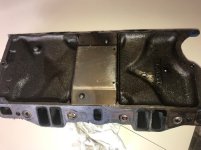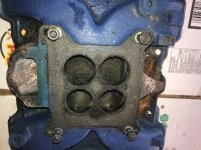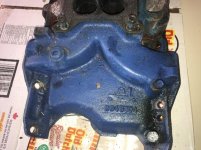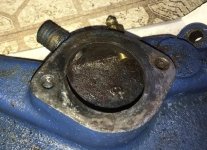stevemiller333
Contributing Member
Hello, I have a good running 340 in my old 74' century resorter. I have done all of the exhaust manifolds within my ownership, they had a couple hairline cracks so I did it to avoid having more serious issues.
I am wondering if I should be thinking the same way about the intake manifold. It is original. Looking inside the thermo housing, it's very rusty and rough looking inside. Is this a point that will eventually rot out and cause engine damage? Anyone have a good source for a marine manifold? Is it the exact same manifold as a 318?
Thanks,
Steve
I am wondering if I should be thinking the same way about the intake manifold. It is original. Looking inside the thermo housing, it's very rusty and rough looking inside. Is this a point that will eventually rot out and cause engine damage? Anyone have a good source for a marine manifold? Is it the exact same manifold as a 318?
Thanks,
Steve





